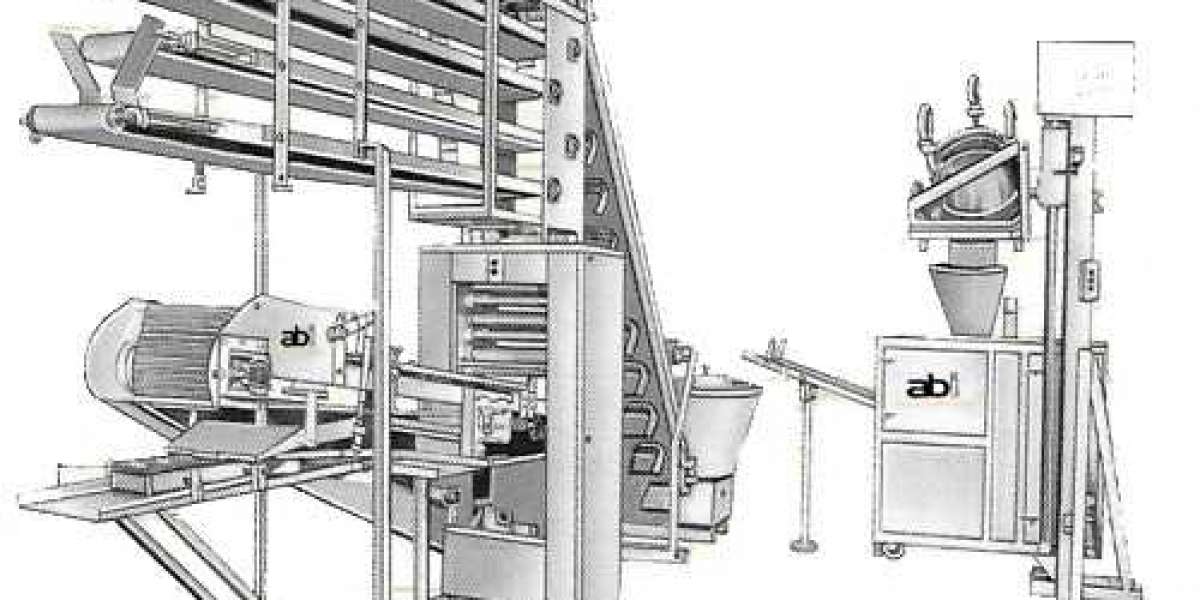June 6 is the National "Eye Care Day" every year. From 2016 to 2019, the theme of the National "Eye Care Day" for four consecutive years focused on the prevention and control of myopia in children and adolescents. "Childrens eyeglasses" more and more, so that countless parents both worried and helpless. How to solve this big problem related to family health and the future of the nation? Listen to the experts.
"Childrens eyeglasses" do great harm, many departments even out "heavy punch"
The real danger of myopia is that the complications caused by pathological myopia in high myopia are an important factor in disability and blindness." In the recently held comprehensive promotion of the construction of a healthy China "Care for bright eyes together build a bright future" - 2021 the first myopia prevention and control theme seminar, Wang Ningli, dean of the School of Ophthalmology of Capital Medical University, said that China's epidemiological survey found that the disability and blindness rate of myopia ranked first in all diseases, and primary and secondary schools are the stage of a sharp increase in the prevalence of myopia.
Pathologic myopia can lead to degeneration, atrophy and detachment of the retina, as well as complications such as cataracts, glaucoma and macular bleeding, said Kang Zefeng, deputy director of the Eye Hospital of the China Academy of Chinese Medical Sciences. "If myopia is controlled to 600 degrees before the age of 18, it can effectively reduce the risk of cataracts by 74 percent, glaucoma by 67 percent, macular degeneration by 99 percent, and retinal detachment by 98 percent."
According to a survey conducted by the Ministry of Education and the National Health Commission, the overall myopia rate of children and adolescents in China was 53.6% in 2018, and the figure was 50.2% in 2019, down 3.4 percentage points from 2018. Affected by the epidemic, the overall myopia rate of children and adolescents in 2020 increased slightly compared with 2019.
In 2019, the state included the prevention and control of myopia among children and adolescents in the Healthy China Action (2019-2030). Recently, 15 departments including the Ministry of Education jointly issued the "Bright Action Plan for the Prevention and Control of Myopia in children and Adolescents (2021-2025)", and implemented eight special actions to guide students to consciously love their eyes and protect their eyes. This is after the Ministry of Education and other eight departments jointly issued the comprehensive prevention and control of children and adolescents myopia implementation plan in 2018, the relevant departments have once again carried out joint actions on the prevention and control of children and adolescents myopia.
"Childrens eyeglasses" easy to wear is not easy to take off, behind how many reasons?
Maintain proper eye habits, exercise outdoors for two hours a day, get enough sleep... Although many parents and children already know these myopia prevention and control common sense, but often not in place.
"Increasing outdoor activities and reducing close-up reading are the pain points and difficulties in the prevention and control of myopia." Kang Zefeng said that children's academic burden is increased, and the incidence of myopia is high due to long-term close proximity to the eye. How to deal with the relationship between myopia and academic examination is a social problem worthy of attention.
Parents' lack of knowledge about children's eye care can also lead to children wearing "childrens eyeglasses". According to the "Core Knowledge of Eye Care for children aged 0 to 6" recently released by the National Health Commission, regular vision screening should be done from the moment your baby is born. Shi Wei, an ophthalmologist at Beijing Children's Hospital affiliated to Capital Medical University, said vision screening for children aged 0 to 3 is often overlooked.
"Measures to prevent and control myopia should also be personalized and standardized." Dr. Schvey said that orthokeratology and low-concentration atropine are effective measures to prevent myopia, but not for all children. The cause of myopia of each child is different, some children use low concentration atropine has no prevention and control effect but has side effects, and orthokeratology mirrors, defocusing lenses, etc., also need to be standardized wear.
In addition, there are still some misunderstandings in the prevention and control of myopia. Wang Kai, assistant dean of the School of optometry of Peking University Medical Science Center, said that it is not a low degree that you can not check the fundus and do not do myopia control. "We emphasize the need to prevent eye complications in high myopia, but in fact, the proportion of retinal detachment in the clinic is not low."








